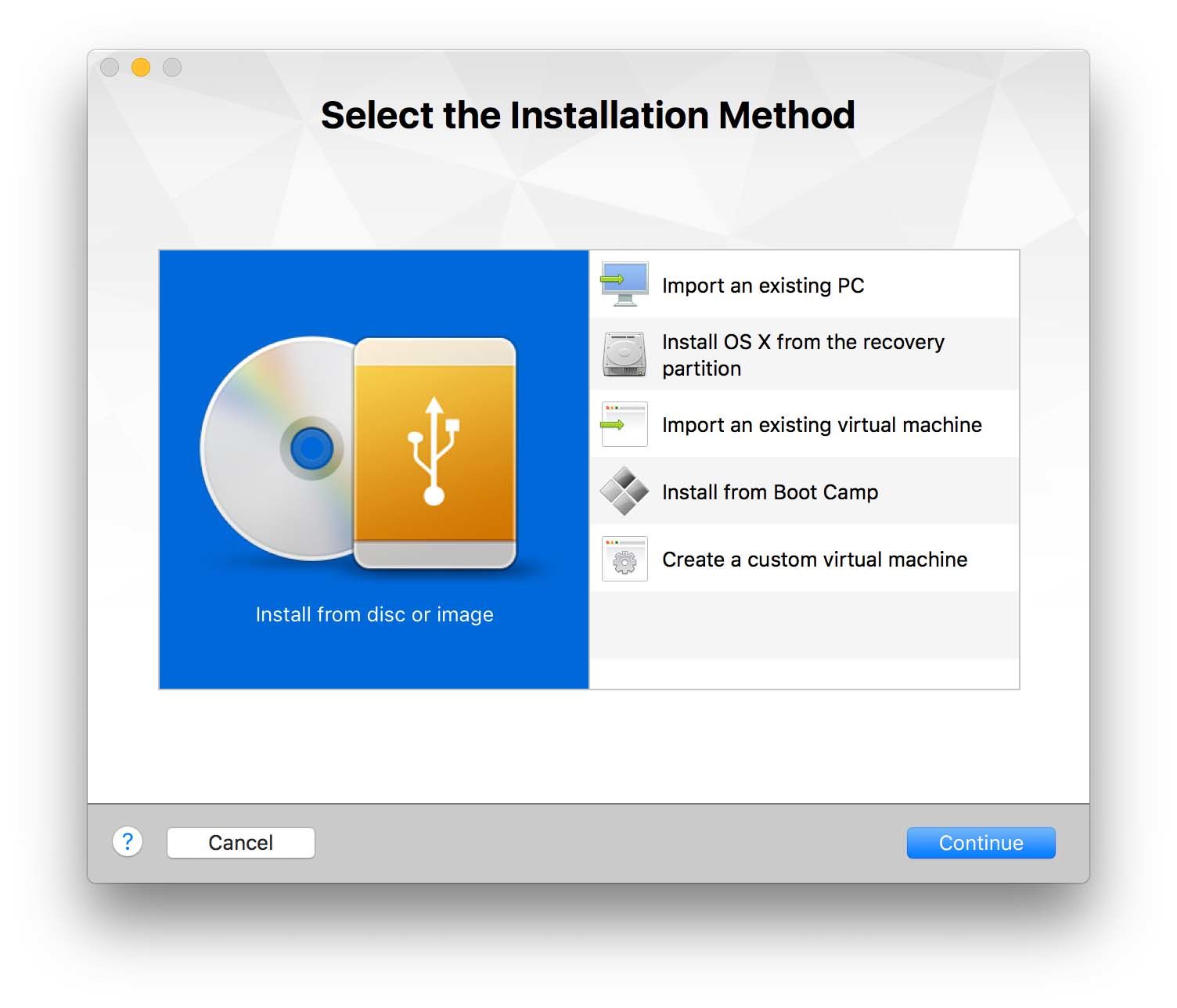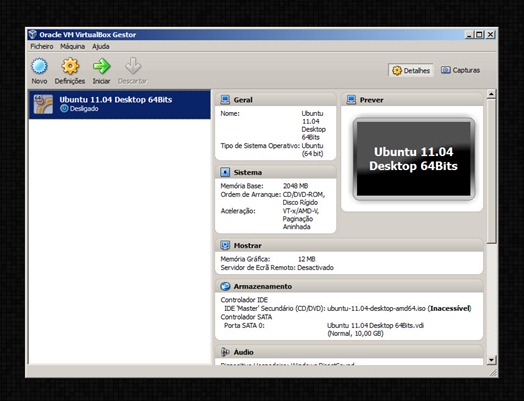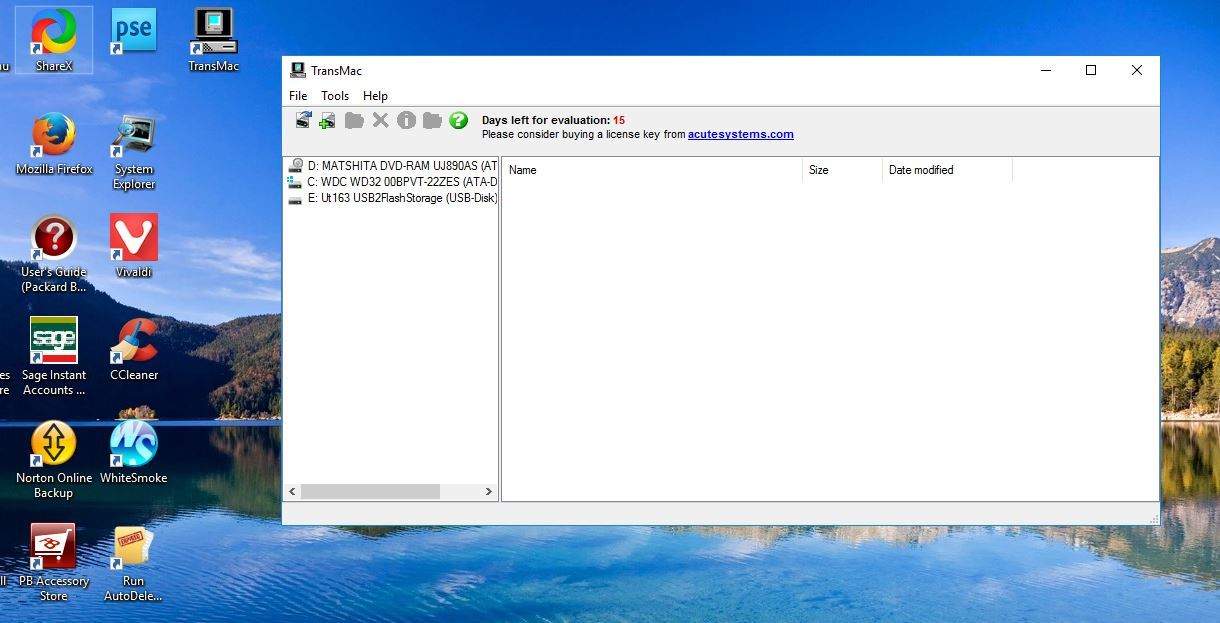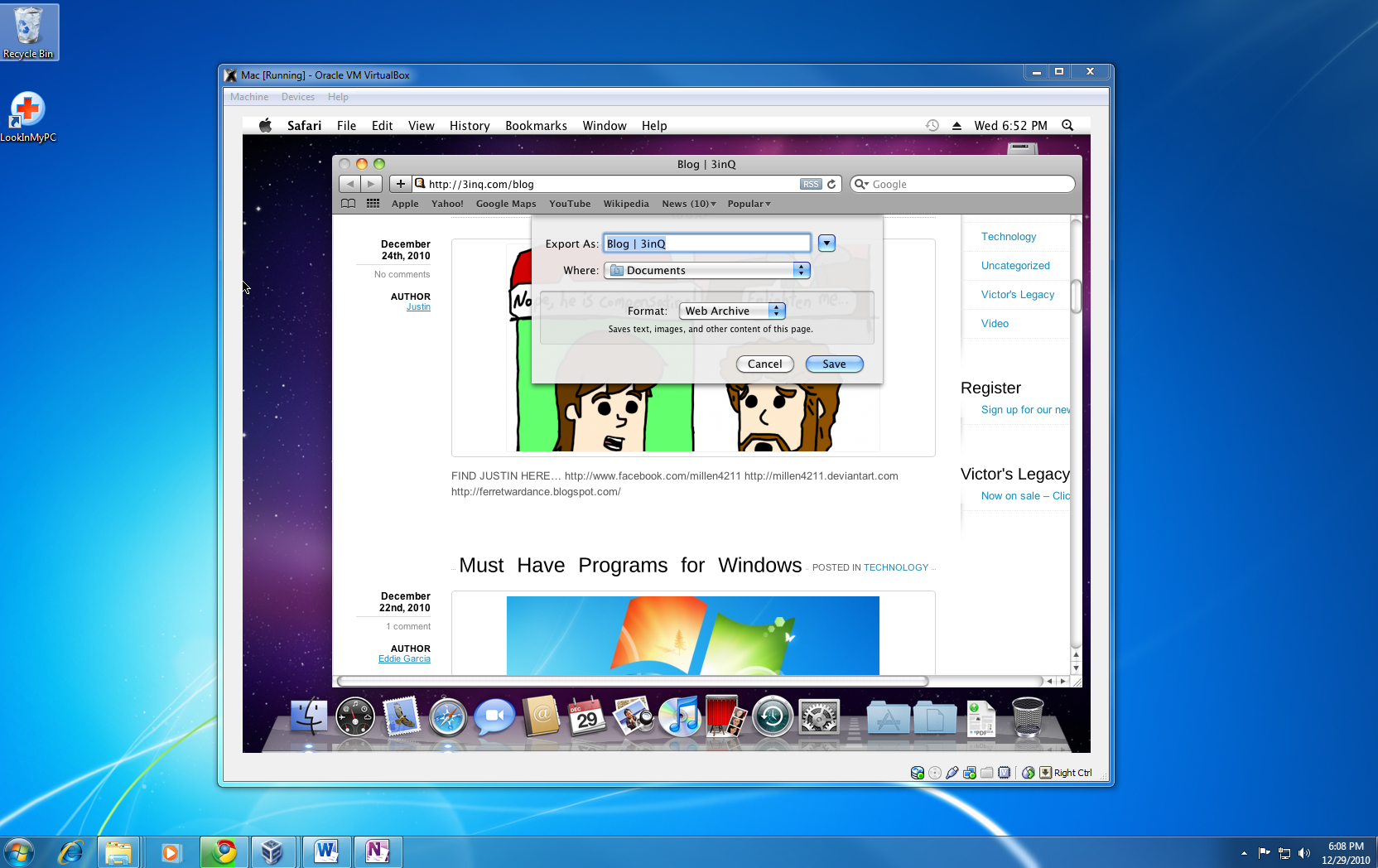

Sudo chmod u+s /Applications/OpenSource/VirtualBox.app/Contents/MacOS/VBoxNetAdpCtl Sudo chmod u+s /Applications/OpenSource/VirtualBox.app/Contents/MacOS/VBoxHeadless Sudo chmod u+s /Applications/OpenSource/VirtualBox.app/Contents/MacOS/VirtualBoxVM Sudo chmod u+s /Applications/OpenSource/VirtualBox.app/Contents/MacOS/VirtualBox Sudo chown -R root:admin /Applications/OpenSource/VirtualBox.app/ Now make sure that the setuid stubs have the correct permissions: There isn't any support for installing VirtualBox into a target directory.

BOOTABLE MAC OS X ISO FOR VIRTUALBOX INSTALL
Next rebuild VirtualBox and install it into /Applications/OpenSource/. You can prevent that by adding the following to LocalConfig.kmk: Starting with VirtualBox 4.1, extra debug symbols are created. It may also make sense to disable some of the development only stuff, like test cases. VBOX_PATH_APP_DOCS = "/Applications/OpenSource/VirtualBox.app/Contents/MacOS" VBOX_PATH_SHARED_LIBS = "/Applications/OpenSource/VirtualBox.app/Contents/MacOS" VBOX_PATH_APP_PRIVATE_ARCH = "/Applications/OpenSource/VirtualBox.app/Contents/MacOS" VBOX_PATH_APP_PRIVATE = "/Applications/OpenSource/VirtualBox.app/Contents/MacOS" If you like to change that, say into /Applications/OpenSource/VirtualBox.app/, you need to add the following to the LocalConfig.kmk: The default install directory of VirtualBox is /Applications/VirtualBox.app/. Hardening needs some additional configuration and post-build steps. Never disable hardening (see previous section) when creating packages for redistribution.

This step only has to be done once (if something changes in your build tool setup, you might have to repeat it but keep in mind that both output files will be overwritten). Also, it will create an environment setup script called env.sh.

If it finds everything it needs, it will create a file called !AutoConfig.kmk containing paths to the various tools on your system. You can manually set the target architecture with -target-arch=x86 or amd64, if some architecture related problems occur. Change to the root directory of the sources and execute the configure script:.If you are running 10.10 (Yosemite) there is a boot-args option for allowing the loading of unsigned kexts. Loading self-built kernel extensions (kexts) on more recent OS X may require changes to the system config unless you have a kext signing certificate and is running 10.14 (High Sierra) or earlier.įor 10.11 (El Capitan) and later boot to the recovery partition and either enabling loading of unsigned kexts:įor 10.15 (Catalina) and later you also need to disable the reboot requirement (also from recovery partition):.Sudo port install libidl acpica yasm subversion doxygen texlive texlive-latex-extra texlive-fonts-extra x86_64-elf-gccĭoxygen, texlive* and x86_64-elf-gcc are optional (first two for documentation, latter for the validation kit). Until recently the official builds were done using Xcode 6.2 (you may use the tools/darwin.amd64/bin/ script to 'install' the necessary bits on later OS X versions).Īfter installing MacPorts, do not forget to make sure the following two lines are in your ~/.profile or ~/.zprofile file and actually loaded in the shell you're using:Įxport PATH=/opt/local/bin:/opt/local/sbin:$PATHĮxport MANPATH=/opt/local/share/man:$MANPATH Xcode matching your Mac OS X version ( ).10.10.x (Yosemite) or later running on Intel hardware (PowerPC hardware is not supported nor is building an X11 variant).Mac OS X build instructions Prerequisites on Mac OS X


 0 kommentar(er)
0 kommentar(er)
